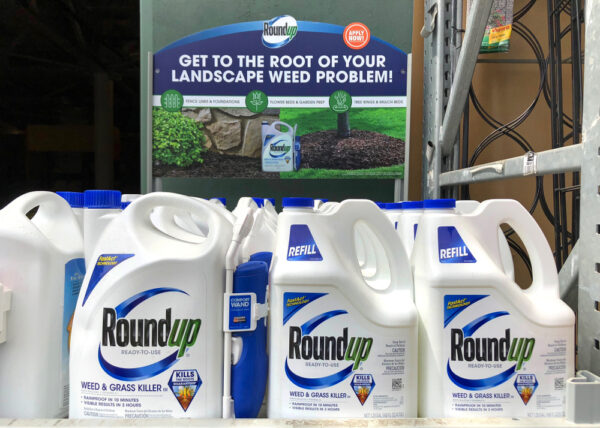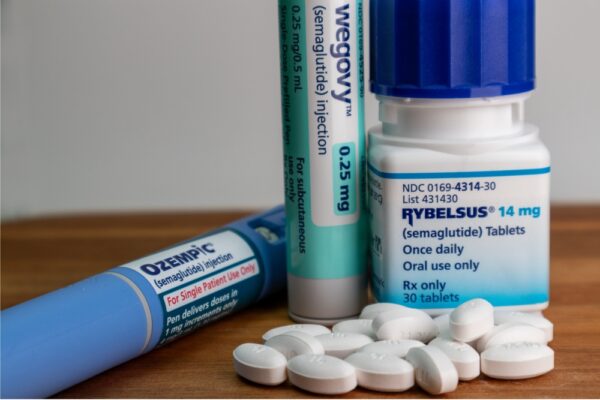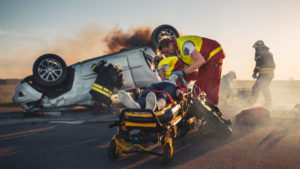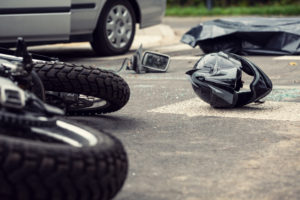Our firm has written at length on the effectiveness of underride guards in trucks, and how they are a necessity on America’s highways to protect people in collisions with tractor-trailers. It’s known among those experienced in trucking litigation that well-built guards can prevent passenger vehicles from sliding beneath the sides of semitrailers. These are collisions that often can cause fatal injuries, due to the relative size of these vehicles. A crash test report released this year by the Insurance Institute for Highway Safety (IIHS) backs this up, and is interesting to take note of as trucking regulations have been in the news as of late.
In this most recent study, IIHS ran two 35-mph crash tests. One was with a side underride protection device from Airflow Deflector Inc., that has gained popularity recently, called an AngelWing. The other side of the experiment was a design of a simple side skirt made of fiberglass, which is meant to improve aerodynamics and gas mileage, not prevent side underride. When the test vehicle hit the 53-foot-long truck with the AngelWing side guard, the panel bent, but the passenger car was prevented from sliding underneath. The test car that collided with the truck equipped with only the fiberglass side skirt became lodged underneath upon impact, and had part of its roof sliced off by the trailer.
“Our tests and research show that side underride guards have the potential to save lives. We think a mandate for side underride guards on large trucks has merit, especially as crash deaths continue to rise on our roads.”
David Zuby, executive vice president and chief research officer for IIHS.
It’s estimated that with a side underride guard in place, 62% of a typical trailer’s length would be protected. AngelWing is designed to withstand at least a standard 40 mph crash that is often used in industry tests, and are adaptable with traditional fairing skirts which can reduce fuel consumption at the same time.
According to the manufacturer of the AngelWing brand, collisions with the sides of tractor-trailers resulted in about 500 deaths each year; many of these deaths involved side underride. In May 2016, the (IIHS) hosted a conference to examine truck underride safety concerns. Discussions between IIHS and the Truck Safety Advocates prompted suggestions to reduce the risks for truck underride accidents:
- Improvements in under-ride guard design,
- Better visibility of under-ride guards,
- Guards for the sides and rear of single-unit trucks,
- Stronger enforcement of existing laws, and
- New crash avoidance systems
The Truck Trailer Manufacturers Association opposes mandating side underride guards on trailers, stating they are not cost effective and may add weight, which could weaken them. Currently, under-ride steel guards on large trucks are required for the backs of semi-trailers, but not for the sides of trailers or the fronts of large trucks. According to the National Highway Traffic Safety Administration (NHTSA), an upgraded standard for rear under-ride guards is still pending, and rear guard requirements on single-unit trucks, such as delivery trucks and garbage trucks are also under consideration. To date, discussion concerning side underride guards and their application has not been properly addressed, but maybe as more trucks become equipped with models that protect consumers against the sides of trucks, it will become more of a topic of conversation among safety experts.
According to the U.S. Department of Transportation, approximately 4,000 people were killed in a decade span in collisions involving underride (between 1994 and 2014). Of that number, around 1,530 were related to side underride crashes. In 2015, NHTSA announced a new proposal stating that it would put into action the stricter standards that Canada has in place, but the agency has yet to move forward with it. This 2017 announcement from IIHS marks the first time the agency has evaluated a side underride guard, though it has been testing rear underride guards for several years.

As an attorney at Langdon & Emison with offices in Kansas City and St. Louis, Missouri as well as Chicago, Illinois, David Brose represents victims across the country that have been seriously injured or killed in a wide variety of accidents, including automobile fires, defective automobile design, semi-truck collisions and other types of dangerous products.













Comments for this article are closed.